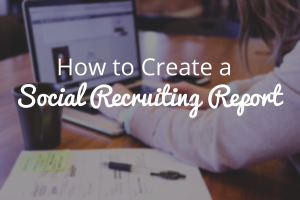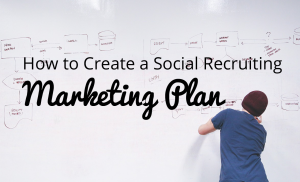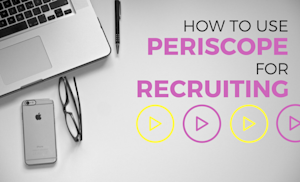November 5
We've all heard how important portraying a professional presence online is, however what you don't hear about is how many jobs are lost solely because of a unprofessional or weak social presence. Without any sense of exaggeration it can be said that social media is a necessity in today's job world. It's important you have profiles built-out to show off who you are, your achievements and job history. Being inactive on social media will, in many cases. jeopardize your chance at getting your dream job. Careerbuilder's great infographic demonstrates just how many employers actively look at their employees or future employees social media accounts. The numbers speak for themselves in this case. When done right, social …Read More









